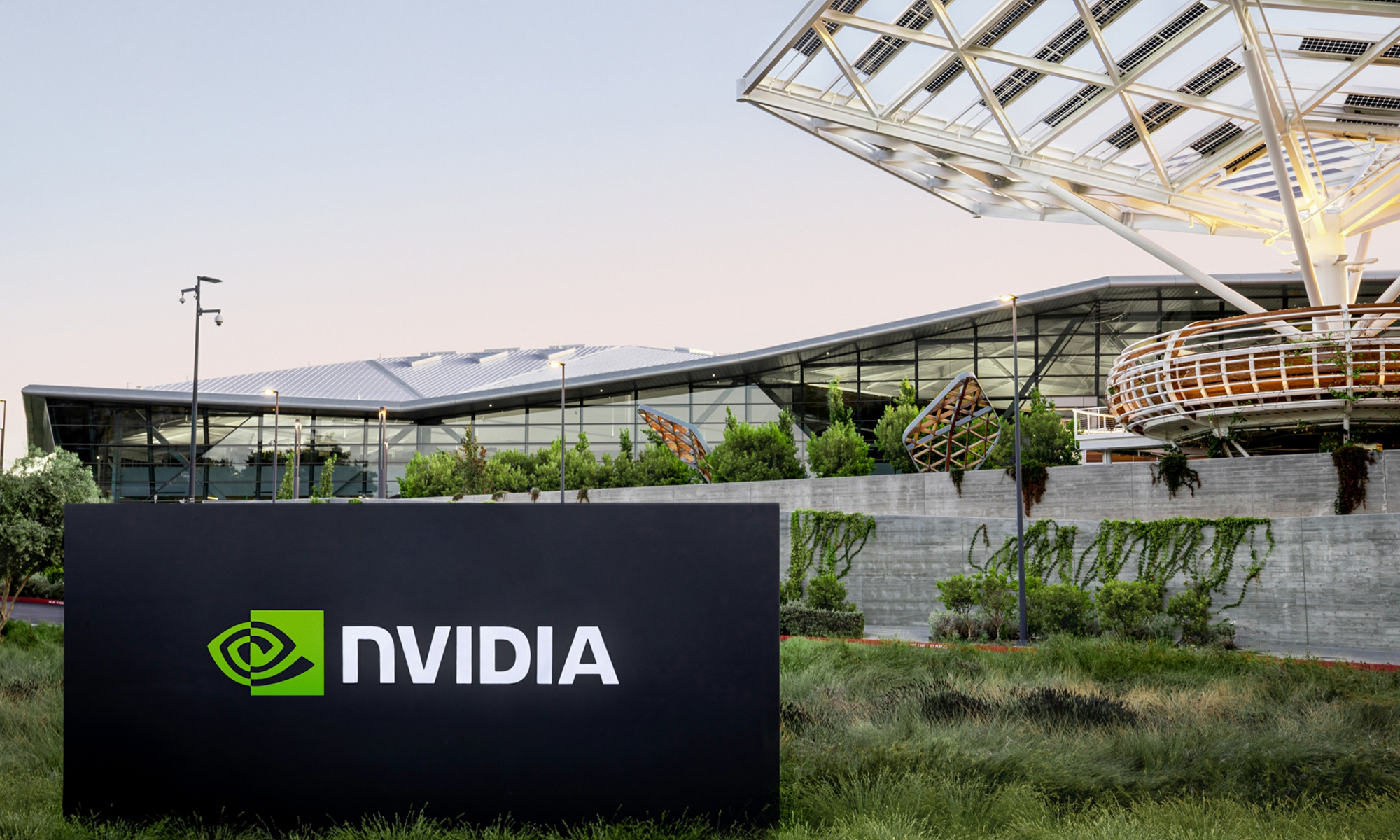Graphics chip maker NVIDIA (Nasdaq: NVDA) is looking to the cloud for growth. The company recently introduced a new cloud-based technology that will allow high-quality games or graphic-intensive applications to be streamed into mobile devices such as smartphones and tablets. To put it simply, devices such as Apple's iPad that do not use NVIDIA's chips will now be able to tap into the raw graphics processing power of a server that might be half a world away. Incredible, isn't it?
In the cloud
NVIDIA's GeForce GRID would allow gaming service providers to offer better quality games that are as responsive as those played on consoles such as Sony's PlayStation or Microsoft's Xbox.
Apart from gaming, NVIDIA also introduced its VGX technological offering, which will prove very useful for professionals such as artists, architects, engineers, and designers who would like to use 3-D design software on the go. This basically means accessibility to desktop-style graphics on a wide range of mobile devices.
So how does all this really help NVIDIA?
Well, NVIDIA's cloud-based offerings will use its newly introduced Kepler chips. And as you might know, the Kepler architecture is supposed to be a lot more powerful and efficient, in addition to being more profitable for the company.
At the same time, the fact that the technology would allow compatibility with devices that are not based on NVIDIA's chips gives the company a distinct edge over peers Qualcomm (Nasdaq: QCOM) and Texas Instruments.
There's just one small problem.
A few speed bumps
Logically speaking, NVIDIA's cloud-based technology could accelerate the decline of its own PC-based graphics business. But even then, the technology would take some time to be used on a mass scale, which should ensure demand for the company's computer-based chips in the near term. Whichever way you put it, graphics-heavy games and applications will always need GPUs. And NVIDIA's GPUs can be used in a desktop computer, a mobile device, or on a remote server, which should be a win-win-win situation for NVIDIA!
The Foolish bottom line
NVIDIA's foray into cloud-based technology is certainly a smart strategy on its part, as it is likely to expand the scope of its product usability and add to future revenue. The only temporary roadblock has been the company facing supply-side issues for its 28-nanometer chips arising at partner Taiwan Semiconductor Manufacturing, which has also been the case with Qualcomm. Once that problem is ironed out, NVIDIA should see brighter days.
To stay up to date with the latest news and analysis on NVIDIA, add it to your free Watchlist.
NVIDIA is attempting to cash in on the cloud-computing boom and a thriving smartphone industry in a big way. Our analysts have found a company that, like NVIDIA, is making big strides in another technology revolution. This company is changing the face of business with amazing data mining capabilities and already boasts some big-name clients. Pick up this special free report to find out more today!






